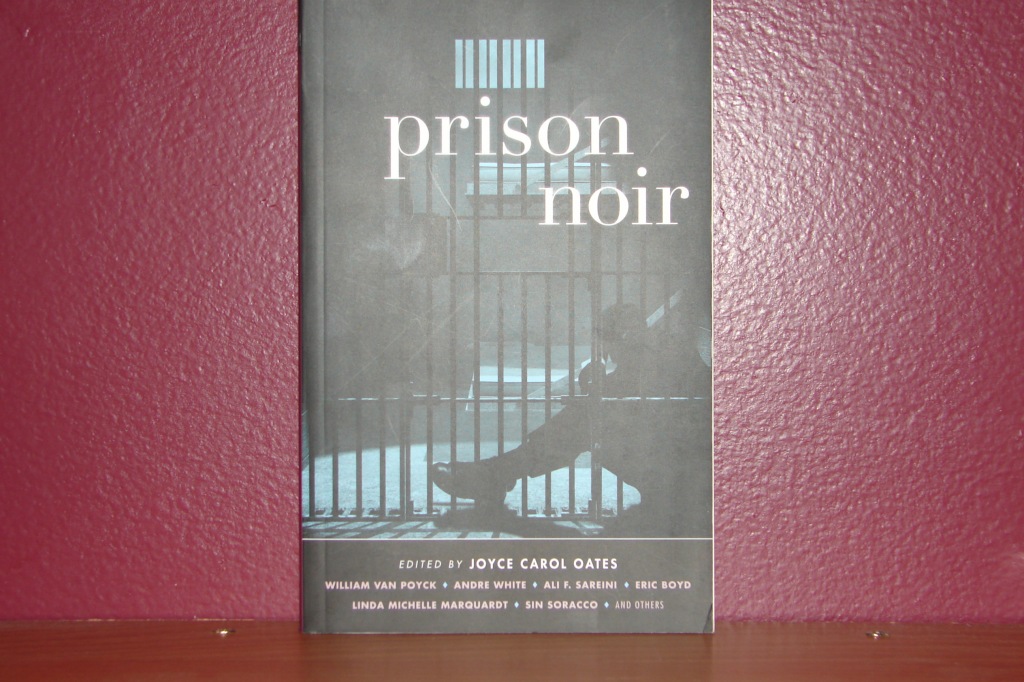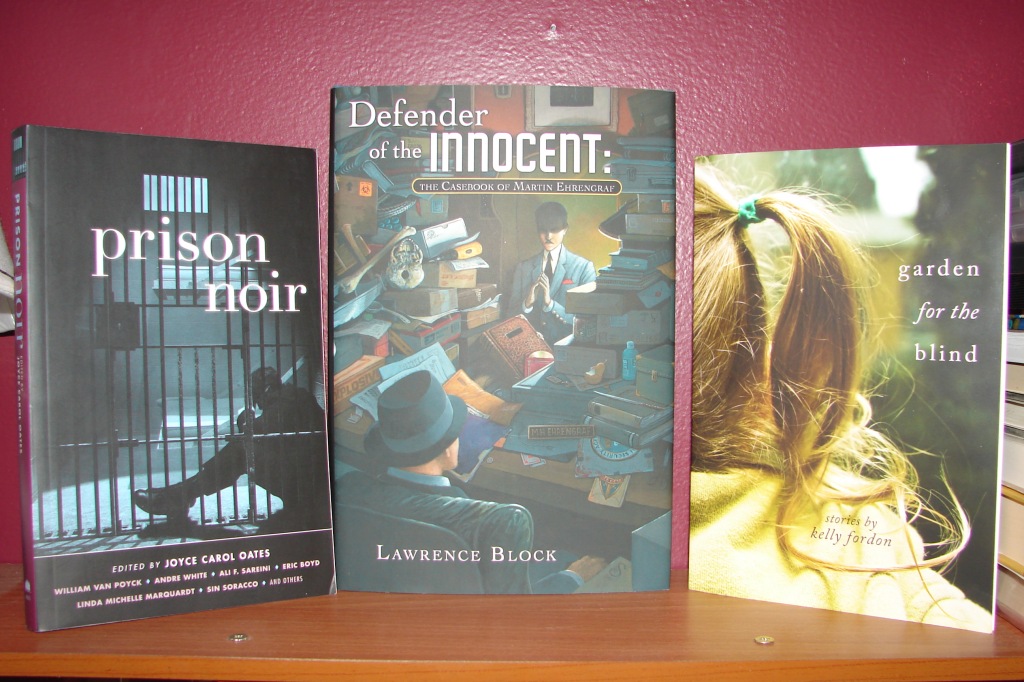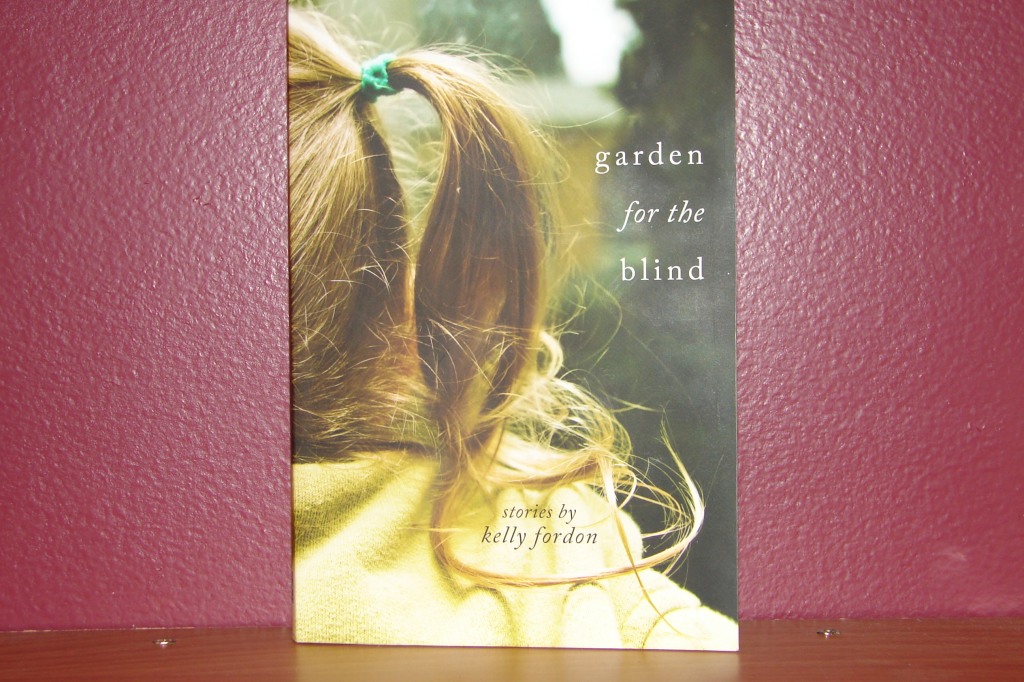At the age of twenty-three, Edward J. O’Brien launched The Best American Short Stories in 1915, a collection of the best short stories published in the previous year. Upon his death, killed in the bombing of London on February 24, 1941, Martha Foley was put in charge of the annual short story anthology, and did so for thirty-seven years. Foley, in her first volume, defined a successful short story: “A good short story is a story which is not too long and which gives the reader the feeling he has undergone a memorable experience.” (The Best American Short Stories of the Century, Houghton Mifflin Company, 1999).
Others, during the years, have chimed in with their definition of a good short story. For Raymond Carver, “Abjure carelessness in writing, just as you would in life.” John Gardner wrote, “I want stories in which the author shows frank concern, not self-protective ‘sensible’ detachment.” For Louise Erdrich, “The best short stories contain novels. Either they are densely plotted, with each line an insight, or they distill emotions that could easily have spread on for pages, chapters.” (The Best American Short Stories of the Century, Houghton Mifflin Company, 1999).
My fiction reading fluctuates between novels and short story anthologies. Different things draw me to the short story anthology. Sometimes its the author, and other times its the theme. Due to the recent publication of a short story collection written by a mentor of mine, I thought it was about time to review short story collections.
One form of short story anthology is a collection of short stories by a single author. garden for the blind (Wayne State University Press, 2015) is a unique collection of stories by an instructor/mentor of mine, Kelly Fordon. She teaches a fiction writing class through Springfed Arts, an organization dedicated to educating and inspiring writers. The eleven stories within garden for the blind have a common thread throughout – two protagonists named Alice and Mike. The opening story, the great gatsby party, is set in 1974, The concluding piece, garden for the blind, is set in 2014. Within this span of forty years, the reader is presented with episodes of Alice and Mike’s life. They had come from privilege, growing up in an affluent suburb of Detroit, and are affected by tragedy and a morally bankrupt decision. The reader is privy to how their lives play out. It’s like a novel told through a collection of short stories. Each story stands on its own, and they are moving and realistic, pulling on the polarizing tensions of race and privilege, creating a collection of plot-driven stories culminating into a character-driven work.
 Some short story anthologies are based on a fictional character or world.
Some short story anthologies are based on a fictional character or world.
Going from one mentor to another, Lawrence Block has been my distant mentor for thirty years. My editor at the Newspaper Institute of America, a correspondence writing course I took after I graduated college in the mid-1980’s, introduced his work to me because she thought my style was similar to his. At the time, he was also the monthly column writer on fiction at Writer’s Digest Magazine. A Grandmaster Award Winner, Block’s mystery novels fill two of my book shelves, more if I added the books on writing and the earlier works that I do not own. His longevity comes from having developed series characters such as Matt Scudder, the former police officer, alcoholic, private investigator, whose stories are cynical and brooding much like Scudder; Bernie Rhodenbarr, the whimsical burglar whose front is that of a used book store owner, who solves mysteries mostly in order to get himself off the hook; and Keller, the hit man with a heart. Last year, one of Block’s Matt Scudder novels, A Walk Among the Tombstones, was released in film, starring Liam Neeson, which I highly recommend. It’s not verbatim to the book because it’s the tenth book in the series, though the general plot is consistent.
Defender of the Innocent: The Casebook of Martin Ehrengraf (Subterranean Press, 2014) is a collection of short stories featuring Block’s character, criminal defense attorney, Martin Ehrengraf. Ehrengraf’s clients never have to take their case to trial because it is his presumption that all of his clients are innocent, “which presumption is invariably confirmed in due course, the preconceptions of the client himself notwithstanding.” (The Ehrengraf Presumption). His contingency fee is high, but there are significant expenses that Ehrengraf must shoulder in order to see to it that his clients’ charges are dropped. Block has not written a novel featuring the crafty, diabolical attorney. There are only these twelve short stories, collected in this volume to date. The stories are twisted and compelling, and if you’re a lawyer you may be distracted that Ehrengraf takes his criminal cases on a contingency basis – counter to an attorney’s professional responsibility. Realize, however, that to Ehrengraf, crossing the line of professional ethics is minor compared to the actions he takes to ensure his clients innocence.
 Short stories by multiple authors based on a central theme is another form of anthology. Akashic Books has published a massive series of noir anthologies with specific settings. I discovered them at Book Beat one afternoon, as the store has a large selection on hand. I was originally drawn to Manhattan Noir and Manhattan Noir 2, both edited by Lawrence Block. The locations of the noir series are not only set in American cities, such as Detroit Noir (edited by E.J. Olsen and John C. Hocking), San Francisco Noir (edited by Peter Maravelis), and Kansas City Noir (edited by Steve Paul), but also global locations which include Delhi Noir (edited by Hirsh Sawhney), Istanbul Noir (edited by Mustafa Ziyalan & Amy Spangler) and Singapore Noir (edited by Cheryl Lu-Lien Tan).
Short stories by multiple authors based on a central theme is another form of anthology. Akashic Books has published a massive series of noir anthologies with specific settings. I discovered them at Book Beat one afternoon, as the store has a large selection on hand. I was originally drawn to Manhattan Noir and Manhattan Noir 2, both edited by Lawrence Block. The locations of the noir series are not only set in American cities, such as Detroit Noir (edited by E.J. Olsen and John C. Hocking), San Francisco Noir (edited by Peter Maravelis), and Kansas City Noir (edited by Steve Paul), but also global locations which include Delhi Noir (edited by Hirsh Sawhney), Istanbul Noir (edited by Mustafa Ziyalan & Amy Spangler) and Singapore Noir (edited by Cheryl Lu-Lien Tan).
Prison Noir (Akashic Books, 2014) edited by Joyce Carol Oates, is a collection of stories set in prisons and jails in America, mostly written by inmates. As Joyce Carol Oates wrote in the Introduction, “We may feel revulsion for some of the acts described in these stories, but we are likely to feel a startled, even stunned sympathy for the perpetrators. And in several stories, including even murderers’ confessions, we are likely to feel a profound and unsettling identification.” For the most part, the stories are populated with characters as complex and real as you’ll find, caught in the society within our society that most people want to or choose to ignore.
Short story anthologies collect stories written by a specific author, or about a specific fictional character or world, or written by several authors with a common theme. I see short stories as being like television episodes, where novels are full-length feature films. Mixing the two up as a part of my reading regiment I find enjoyable. Which means I’ll be writing about more short story anthologies in the future.

